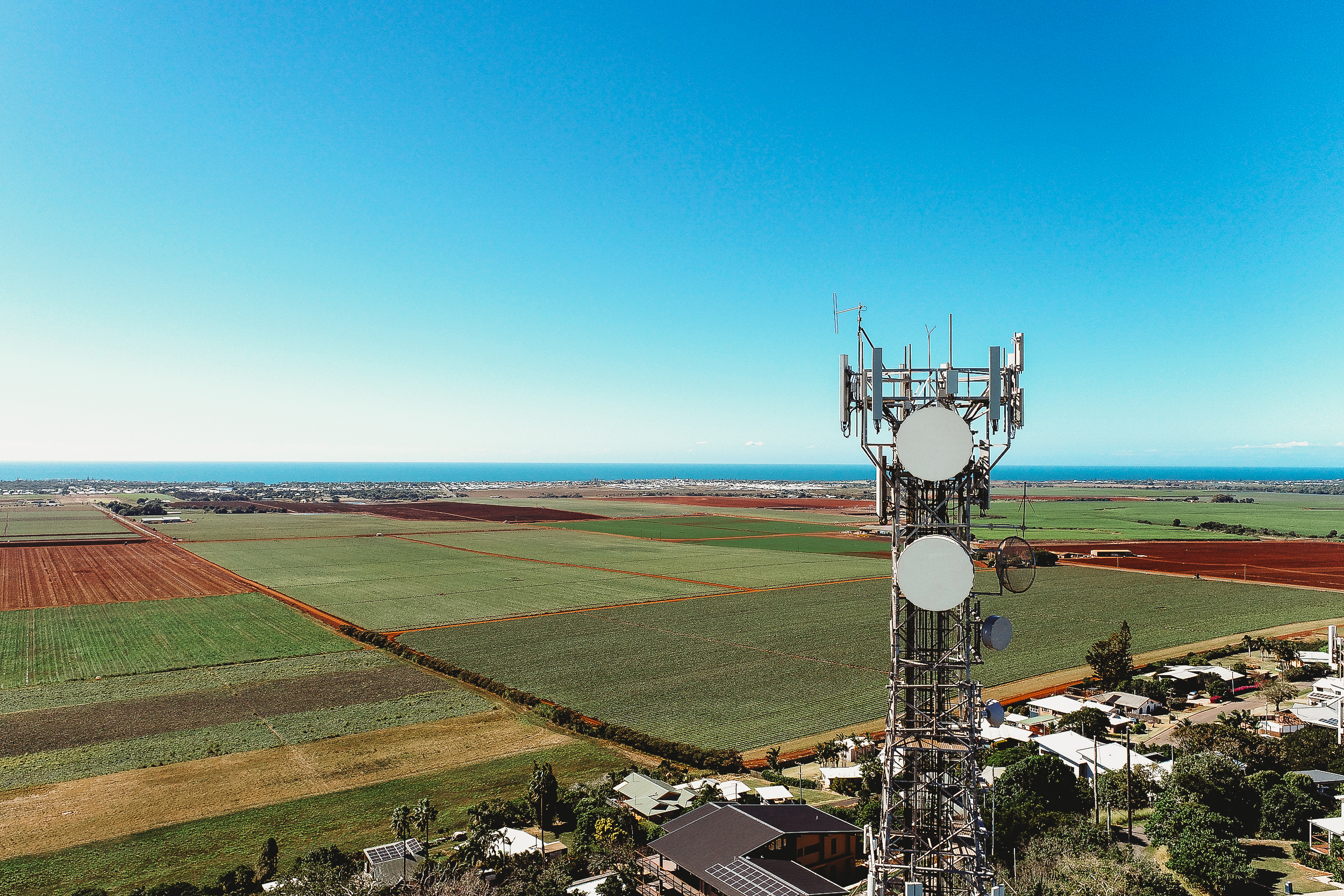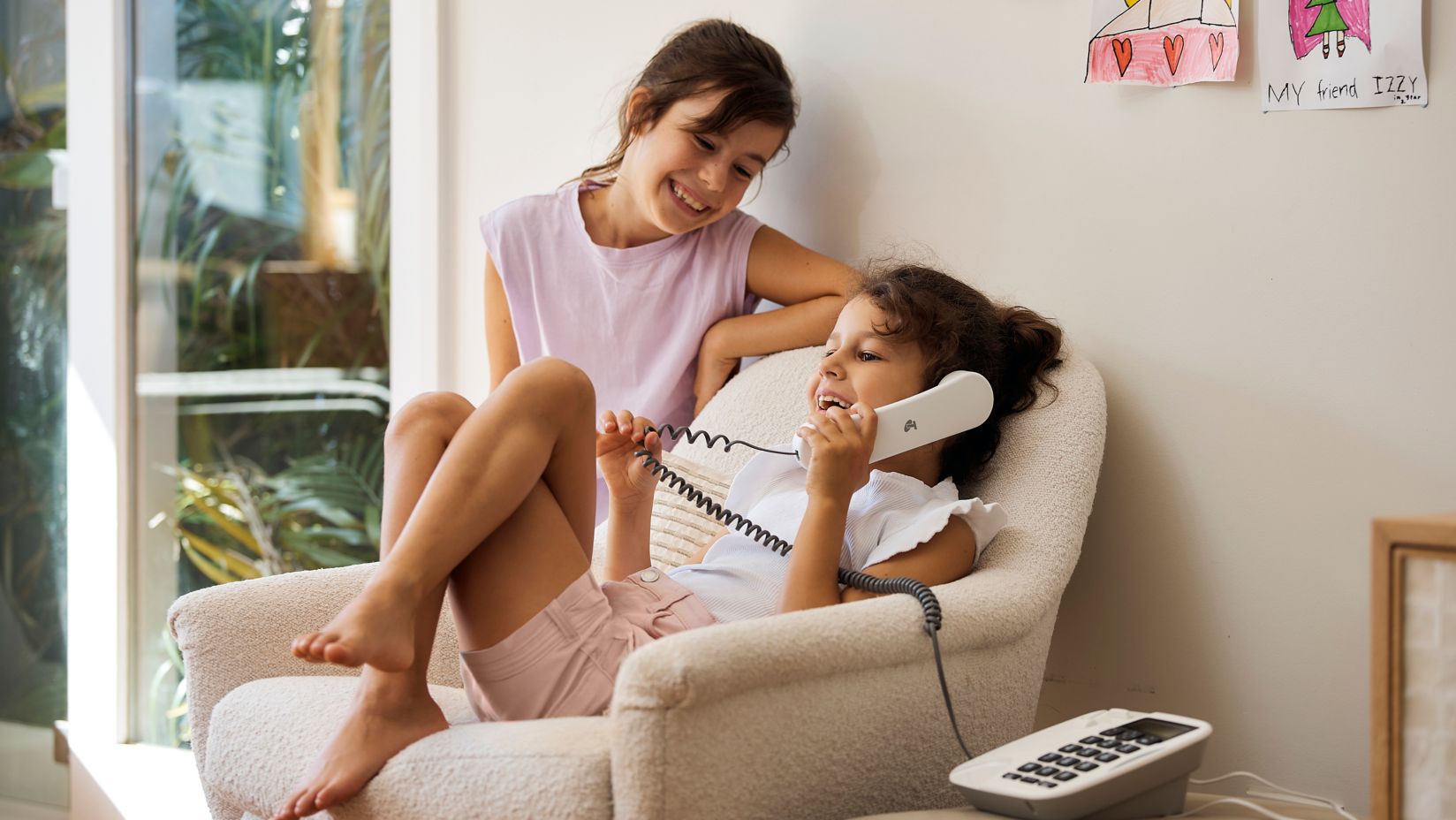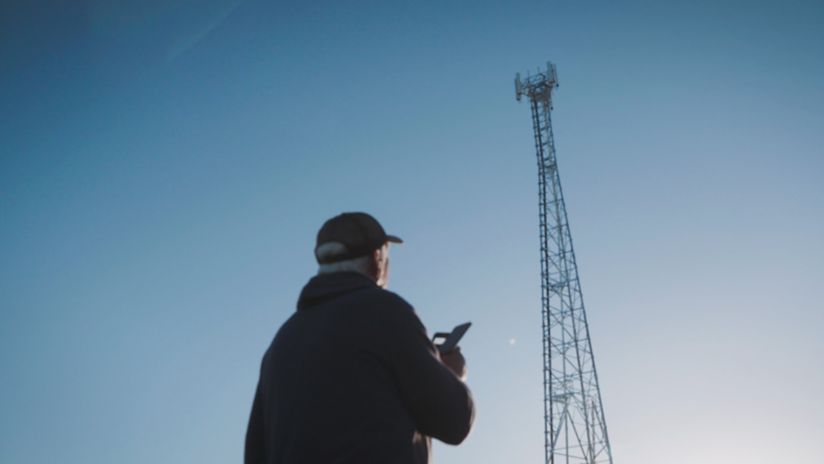Why aren’t I getting 4G or 5G mobile coverage, after 3G was switched off?
Before we switched off our 3G network, our team worked tirelessly to upgrade and optimise over 12,000 mobile network sites. This massive effort ensured that our 4G network could match the coverage footprint of our old 3G network.
However, some customers might find that they could access 3G at a location but can’t access 4G or 5G at the same spot.
There are a few reasons why your experience may have changed.
Make sure you’re using an equivalent device
The most common reason we’re seeing is when someone is not using an equivalent 4G enabled device.
This could mean for example, if you were using a 3G Blue Tick device or a 3G Telstra Go repeater, you'll need to switch to a 4G version of these devices. Not all 4G devices achieve the same level of network performance, so if you’re accessing the 4G network on the fringe of our coverage footprint, opting for a Blue Tick device or Telstra Go repeater can make the difference between being able to access the network and not.
If your device operated on both 3G and 4G, make sure in the device’s settings that it is set for 4G, to access our mobile network coverage.
Additionally, a 4G device purchased overseas or a refurbished international model might not work on our primary mobile network coverage frequency (700MHz). If this is the case, it will result in reduced coverage. You can always check if you’ve got one of these devices by sending an SMS to ‘3’ to ‘3498’ (3GXT) and we’ll let you know.
It’s also worth keeping in mind that, like any modern technology, newer mobile devices have updated features that can improve your experience. They have faster processors, better antennas, and can use the latest networks, which means faster internet and less delay. They also have longer-lasting batteries and better security, making the connection more stable and reliable.
Place your device where you always have
The placement of your device matters – especially when you’re on the fringes of the coverage footprint where every little bit helps. If your 3G device was mounted above the dashboard in your vehicle, make sure your 4G device is mounted there too. Similarly, if you have an external antenna be sure to keep placement consistent. This ensures that the device can access the network effectively.
You might have been accessing our 3G network outside of our advertised coverage footprint
Another possibility is that you were previously accessing our 3G network from outside our advertised coverage footprint as shown on our coverage maps.
This coverage wasn't included in our maps because it's vulnerable to various factors that affect wireless signals. These factors include minor changes in customer use or device types, local vegetation growth, the appearance of new buildings, user traffic, and network optimisation and management.
Because you’re not accessing coverage from within the advertised coverage footprint, we can’t guarantee the reliability of the service. However, using a Blue Tick device and a Telstra Go Repeater can be helpful.
While our coverage maps show where coverage is usually available, the quality of your experience using our mobile network can be affected by the number of people using the network, the type of device you’re using, and the performance of things beyond our control like the website you are looking at or service you’re using.
Signal bars don't tell the full story
Signal bars on devices can be misleading when comparing coverage across different devices or mobile technologies. There are no universal standards for signal bars, so the same signal might show more or fewer bars on different devices. Additionally, 4G is designed to operate with a lower signal level than 3G, which means it may display fewer bars for the same or better level of service.
How we can help
It's been less than a month since we flicked the switch, and since then we've re-purposed spectrum at thousands of mobile sites across the nation, improving mobile network capacity and performance in many regional towns and communities.
We have a specialist team set up to help troubleshoot with you to understand why your experience has changed and how it can be fixed. If you require any support please call us, visit us in store or chat to us online.



